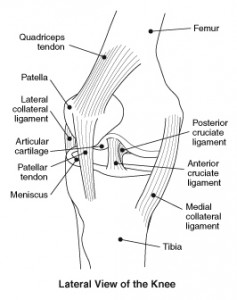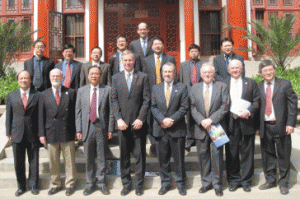Working with the news media is an effective way for academic researchers and physicians to educate the public, says Otis Brawley, MD, one of the most recognized figures in medicine today. Brawley spoke recently with physician/researchers at the Winship Cancer Institute of Emory University about the importance of working with the news media to explain difficult medical concepts and to influence public opinion on health issues and the importance of research.
Brawley is chief medical officer of the American Cancer Society and a professor of hematology and medical oncology at Emory School of Medicine. He is a regular contributor to CNN and is featured as one of four medical experts on cnn.com/health, one of the most widely viewed health-related websites.
Brawley’s advice? Concise messages are important when communicating through print or electronic media. He typically consolidates what he wants to say into three points, which helps keep the message simple and understandable. He also tries to include colleagues in descriptions of his work and avoid jargon.
Acknowledging the difficulty of communicating complex medical concepts and data in lay language for the average news audience, Brawley strongly suggests working with an institution’s media relations staff. This team can help physicians and scientists with their communications skills and connecting with the right audiences.








